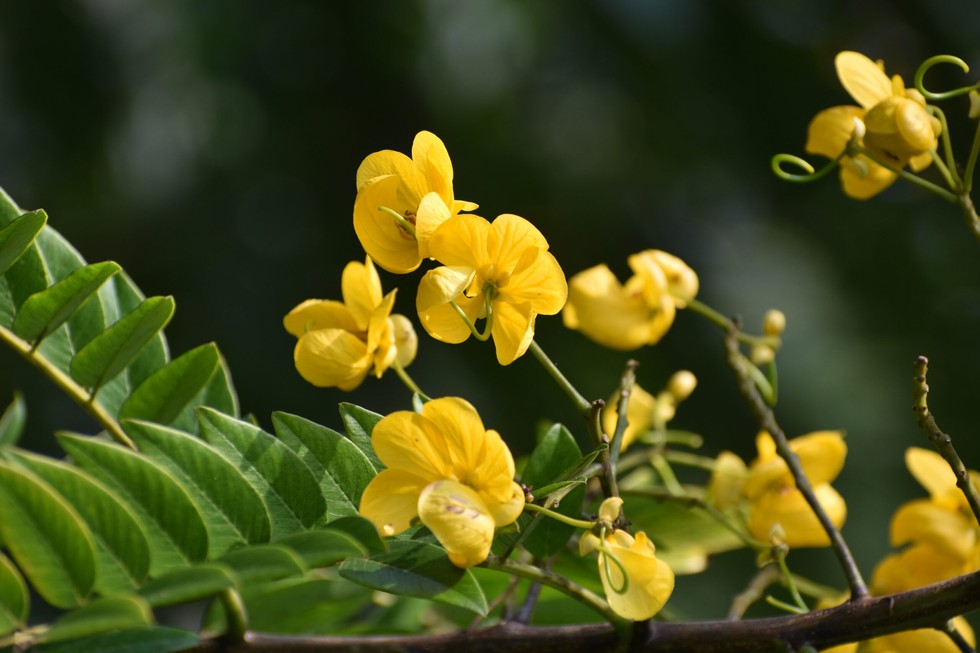Environmental groups and activists in Wayanad have raised concerns regarding the Forest Department’s recent efforts to eliminate Senna spectabilis, a non-native invasive species, from the Wayanad Wildlife Sanctuary.
Species Information
Senna spectabilis, also known as Cassia spectabilis, originates from South America and has rapidly spread in the sanctuary, posing a threat to native flora and altering local ecosystems.
Project Goals
The Forest Department aims to restore the native ecosystem of the sanctuary by eradicating Senna spectabilis, emphasizing ecological restoration and biodiversity conservation.
Criticisms and Concerns
- Transparency and Public Involvement: Environmentalists criticize the lack of transparency and public consultation before initiating large-scale eradication efforts.
- Methods of Eradication: Concerns exist over the potential harm to other plant species and disruption of animal habitats due to the proposed eradication methods.
Stakeholder Perspectives
A spokesperson from a local conservation group supports ecosystem balance restoration but insists on transparent processes involving ecologists, conservationists, and local stakeholders.
Multiple Choice Questions (MCQs) with Answers:
- What is Senna spectabilis?
- A) A native tree species of Wayanad
- B) An invasive species from South America
- C) A flowering plant endemic to India
- D) A protected species in the sanctuary
- Answer: B) An invasive species from South America
- What is the primary goal of the Forest Department’s project in Wayanad?
- A) Promoting tourism in the sanctuary
- B) Eradicating all non-native species
- C) Restoring the native ecosystem
- D) Building new habitats for wildlife
- Answer: C) Restoring the native ecosystem
- Why do environmentalists criticize the Forest Department’s project?
- A) Lack of transparency and public involvement
- B) Excessive promotion of non-native species
- C) Failure to clear native species
- D) Overemphasis on economic benefits
- Answer: A) Lack of transparency and public involvement
